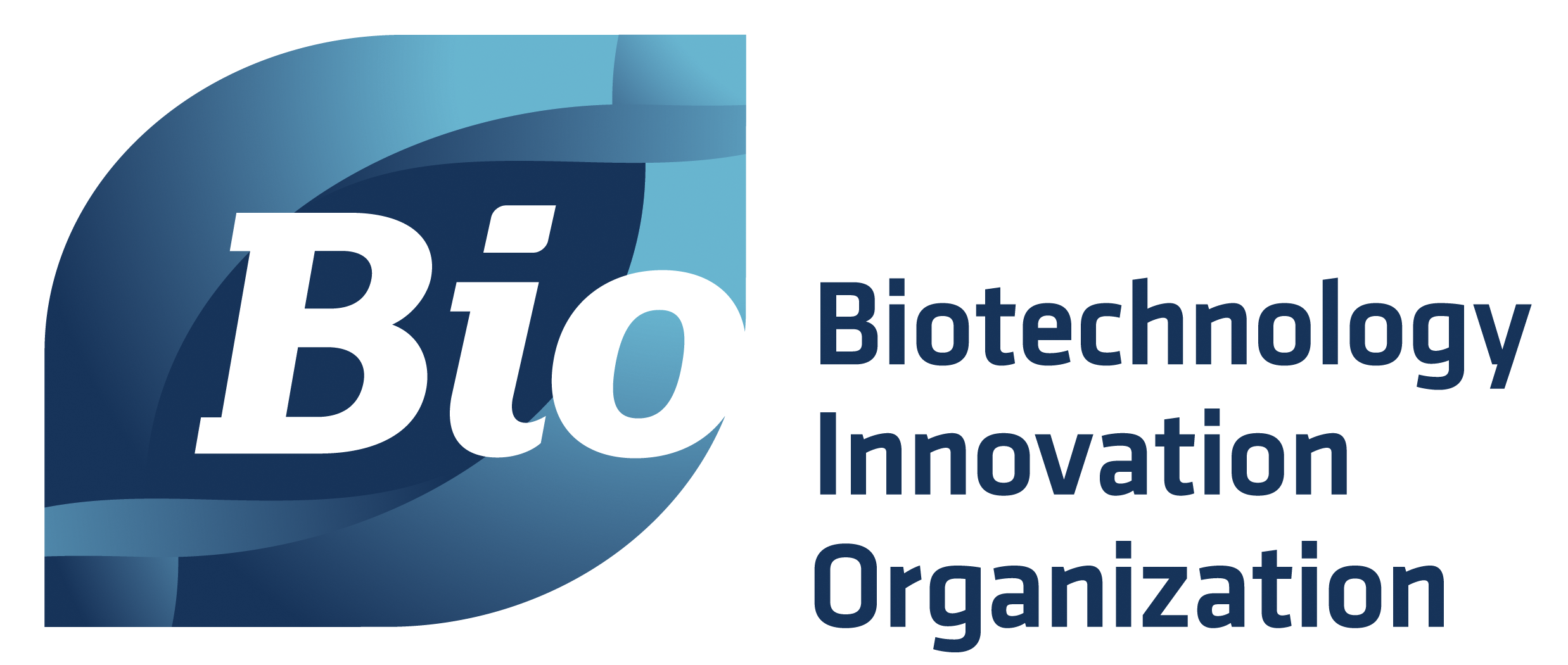 Conversations and healthy debate about issues facing our industry and the health care system are critical to addressing some of today’s challenges and opportunities. The Catalyst welcomes guest discussions, including patients, stakeholders, innovators and others, to share their perspectives and point of view. Views represented here may not be those of PhRMA, though they are no less key to a healthy dialogue on issues in health care today.
Conversations and healthy debate about issues facing our industry and the health care system are critical to addressing some of today’s challenges and opportunities. The Catalyst welcomes guest discussions, including patients, stakeholders, innovators and others, to share their perspectives and point of view. Views represented here may not be those of PhRMA, though they are no less key to a healthy dialogue on issues in health care today.
We are pleased to host a guest blog post from Allen Waxman executive vice president at Eisai Inc., and chair of BIO’s Board Standing Committee on Bioethics.
Last week, PhRMA and the Biotechnology Innovation Organization (BIO) released joint Principles on Responsible Sharing of Truthful and Non-Misleading Information about Medicines with Health Care Professionals and Payers that seek to guide the establishment of responsible, science-based parameters for accurate and trusted information-sharing under a modernized regulatory framework. Today, BIO, where I serve as chair of the Board’s Standing Committee on Bioethics, released a complementary document examining issues related to product communications from a bioethical perspective, which I wanted to share with readers of the Catalyst.
These Points to Consider complement the principles by exploring the bioethical foundation of the need for changes to the current legal and regulatory regime and further sketch out the parameters of an ideal information environment that can support our broader goals for improving the health care system. In other words, the Points to Consider address “why” change is needed, and the principles explain “what” that change should be.
The Points to Consider are the conclusion to a year-long study of the bioethical underpinnings of truthful and non-misleading product communication. During the course of the document’s development, BIO’s Board Standing Committee on Bioethics—whose remit is to consider, through the lens of bioethics, issues impacting biotechnology companies—engaged with a diversity of stakeholders, including hosting discussions with bioethicists and representatives of the provider and patient communities. Through this dialogue, we sought to obtain insights into different perspectives on relevant bioethical norms and implications with regard to product communication and, relatedly, understand the value of this information to different stakeholders.
We identified four primary considerations that can foster an ethical ecosystem for truthful and non-misleading product communication:
- All parties communicating product information should ensure that timely, truthful and non-misleading information—including, but not limited to, clinical and other information contained in a product’s FDA labeling—is available to all relevant stakeholders;
- Timely, efficient mechanisms should be in place to ensure the quality of the truthful and non-misleading information that is communicated;
- Any regime governing truthful and non-misleading communication should take into account whether such information is meaningful in the context of patient care; and
- Conflicts of interest (COI) should be assessed through a common mechanism, not through stakeholder-specific means, and mechanisms to address COI should be built based on the existing work on this subject.
In putting these
Points to Consider forward, we hope they can act as the foundation for further discussion on this critical topic. We believe that the framework outlined will further enable patient access to the most appropriate technologies for them and contribute to increasing the efficiency and effectiveness of the health care system.



 Conversations and healthy debate about issues facing our industry and the health care system are critical to addressing some of today’s challenges and opportunities. The Catalyst welcomes guest discussions, including patients, stakeholders, innovators and others, to share their perspectives and point of view. Views represented here may not be those of PhRMA, though they are no less key to a healthy dialogue on issues in health care today.
Conversations and healthy debate about issues facing our industry and the health care system are critical to addressing some of today’s challenges and opportunities. The Catalyst welcomes guest discussions, including patients, stakeholders, innovators and others, to share their perspectives and point of view. Views represented here may not be those of PhRMA, though they are no less key to a healthy dialogue on issues in health care today.